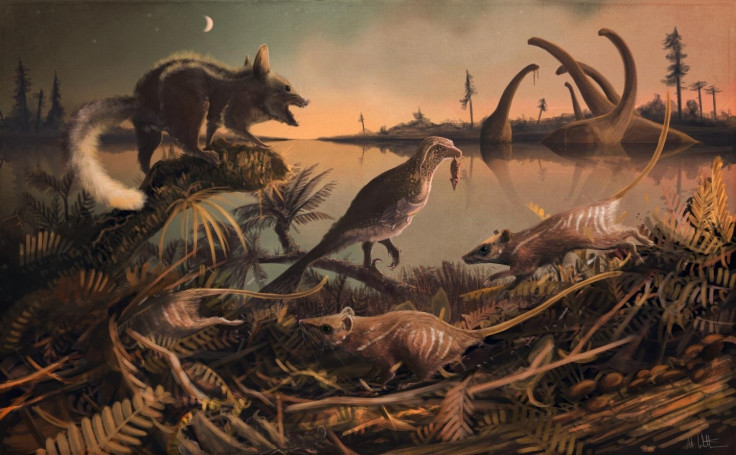These 145-million-year-old fossil teeth suggest man's earliest ancestors looked like rats
Student unexpectedly discovers 145-million-year-old fossil teeth.

An undergraduate student has discovered fossils of the oldest mammals linked to humans on the coast of Dorset in the UK.
The unprecedented discovery was made when University of Portsmouth's Grant Smith found something different — two unique teeth — while looking at Cretaceous-era rocks collected on the coast for a dissertation project in 2015.
As the teeth appeared different from the ones of that period, Grant took them to Steve Sweetman, a research fellow at the University of Portsmouth, only to find that they belonged to a pair of small, rat-like creatures that lived as many as 145 million years ago.
The findings from Sweetman's analysis, published in Journal Acta Palaeontologica Polonica, suggest the said creatures were part of the line that led to human beings and most other placental mammals (eutherian mammals) alive today such as dogs, elephants etc.
"The teeth are of a type so highly evolved that I realized straight away I was looking at remains of Early Cretaceous mammals that more closely resembled those that lived during the latest Cretaceous — some 60 million years later in geological history," said Sweetman after identifying the fossils.
The teeth, belonging to two different creatures, can pierce, cut, and crush — a fact that suggests they are of a highly advanced type. Among other things, it has also been noted that the teeth are worn out, which could mean that the creatures they belonged to lived up to a pretty good age.
Out of the two creatures, one has been named 'Durlstotherium newmani' after Charlie Newman, the owner of the pub near which the fossils were found, while the second has been named 'Durlstodon ensomi', after paleontologist Paul Ensom.
It is also believed the creatures in question were furry and went out only at night. One of them probably fed on insects and plants, while the other may have only eaten insects.
Previously, a 160 million-year-old placental mammal specimen was found in China — a discovery that has not only been doubted by many but has also led people to think that it is similar to the one discovered by Grant. However, Sweetman says, recent studies have ruled out that possibility.





















